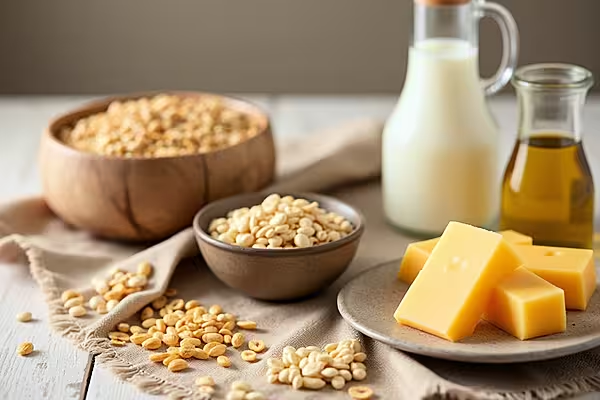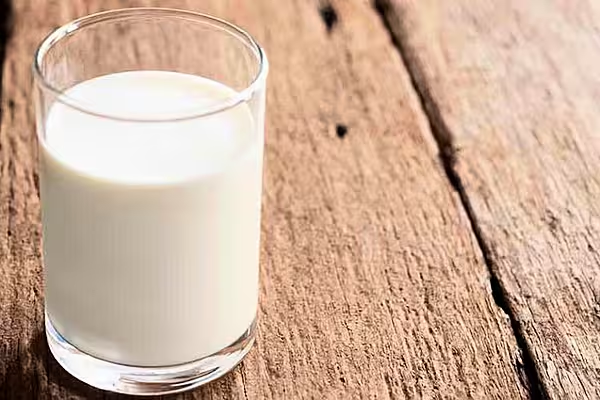The United Nations food agency's world price index held steady in November, with lower international cereal prices offset by higher prices of vegetable oils.
The Food and Agriculture Organisation's (FAO) price index, which tracks the most globally traded food commodities, averaged 120.4 points in November, around October's levels which were the lowest since March 2021.
The November reading marked a 10.7% decline versus last November.
Prices Across Categories
The FAO cereal price index decreased by 3.0% month-on-month in November, lead by a sharp fall in maize prices, while those of wheat declined by 2.4%.
Vegetable oil prices, however, rose 3.4% from October.
'Palm oil prices rebounded more than 6% in November, chiefly underpinned by more active purchases by leading importing countries and seasonally lower outputs in major producing countries,' the FAO said in a statement.
The agency's dairy price index rose 2.2% from October, led by high demand for butter and skimmed milk powder in Northeast Asia, and increased pre-holiday demand in Western Europe.
Sugar prices rose 1.4% month-on-month in November but averaged 41.1% higher than last November thanks to worsening production prospects in Thailand and India.
Forecast
In a separate report on cereal supply and demand, the FAO raised its forecast for world cereal production this year to a record 2.823 billion metric tonnes versus 2.819 billion previously – representing a 0.9% increase from 2022.
'Looking ahead to next season, planting of the 2024 winter wheat crop is ongoing in the northern hemisphere and, reflecting lower crop prices, area growth could be limited,' said the FAO.
Nevertheless, the agency sees world cereal stocks up 2.7% by the end of the 2024 season, while the cereal stock-to-use ratio is forecast at 30.8% in 2023/24, "indicating an overall comfortable supply level".
Read More: Rain-Hit French Soft Wheat Sowing Nears End As Crop Rating Slips











